

Evocative of outdoor activities and seaside vacations, stripes are thriving in this spring-summer's collections in all their forms: oversized or super fitted, horizontal, vertical or diagonal, all over or just as a detail. However, stripes have not always been the pattern of choice for designers, and have even long suffered from a bad reputation.
In the West, "medieval stripes were a cause of disorder and transgression," said Michel Pastoureau in the introduction to Rayures, une histoire culturelle ("Stripes, A Cultural History"). "In images, as in the street, a striped garment or object was frequently used to mark all those who placed themselves outside the social order, either because of a conviction or infirmity, or because they performed a low-level job or unsavory trade, or because they were not or were no longer Christians," said the medievalist. Whether they be perjurers, madmen, servants, prostitutes or heretics, "all these individuals transgress the social order, just as the stripe transgresses the chromatic, visual and clothing order."
It is hardly surprising, then, that stripes have also been worn by knights, then by the military to identify themselves (or their adversaries) on the battlefield, and by underworld figures and other criminals in the movies. Remember Michael Corleone (Al Pacino) in The Godfather, Gordon Gekko (Michael Douglas) in Wall Street, Fernand Naudin (Lino Ventura) in Les Tontons Fingueurs (Crooks in Clover) or Alexandre Stavisky (Jean-Paul Belmondo) in Stavisky (1974).
And while stripes lost their pejorative and discriminative connotations over time, they nevertheless retained their function as a tool of social distinction. In the United States, Ivy League students have used the colors and widths of their tie stripes to distinguish themselves from one another. Stripes have always been at home on sports fields and racecourses, where striped jerseys and helmets have long flourished. In this context, it is "a sign, an emblem, a playful and clean element," said Pastoureau.
So it was only a matter of time before stripes also became a recognizable sign for fashion tribes: multicolored on a black background for Sonia Rykiel, who once said, "Beauty will always be striped"; narrow and just as colorful for English designer Paul Smith; and borrowed from the sailor wardrobe for Jean Paul Gaultier, who has never stopped using the feature over the course of his career.
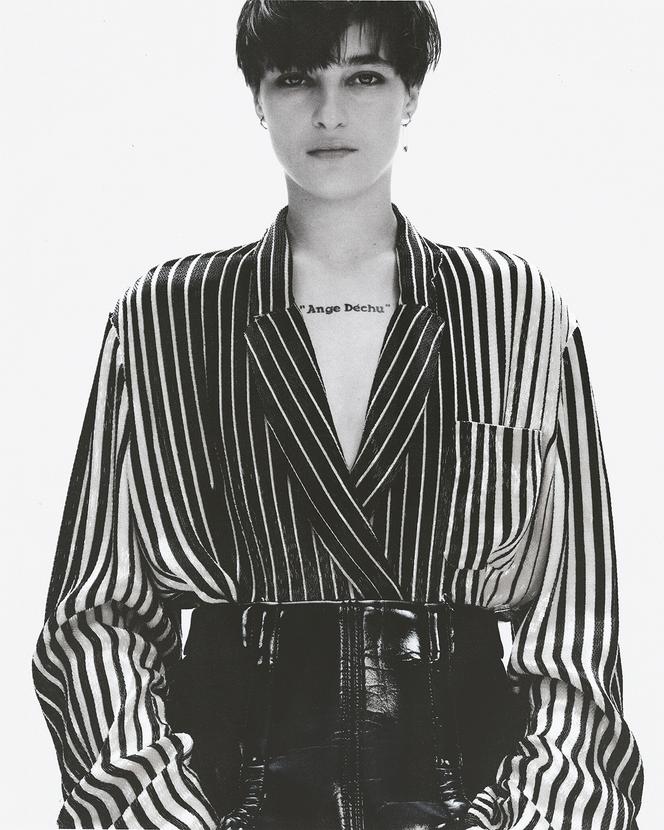

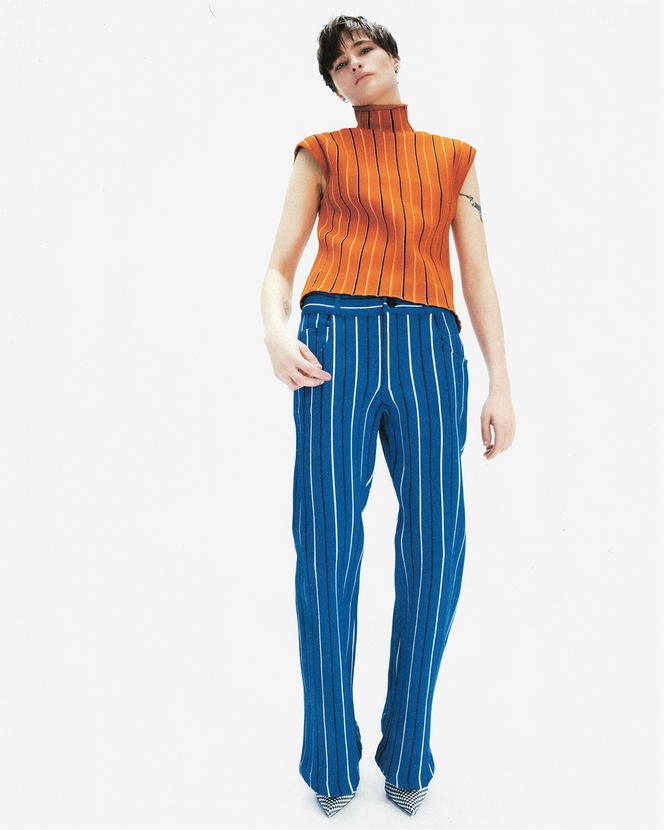
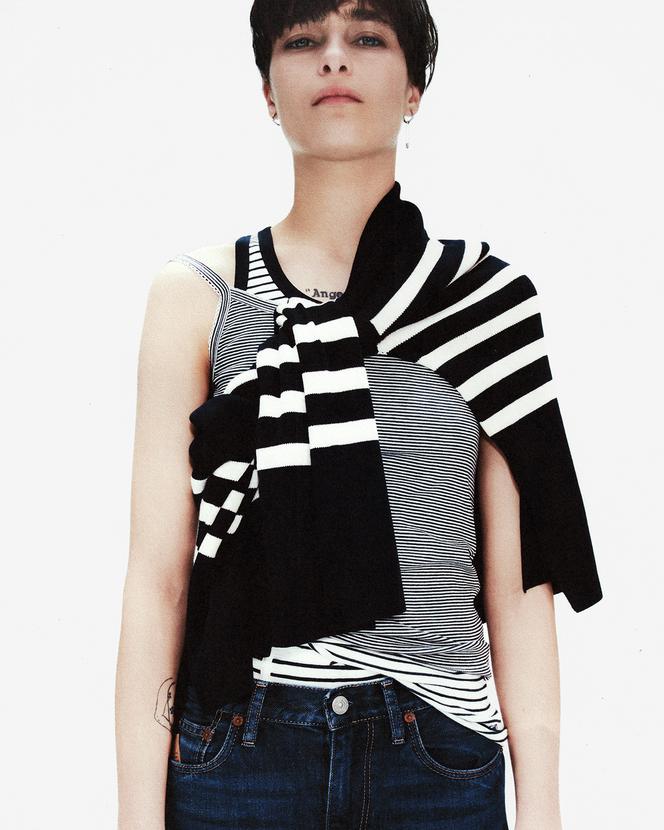
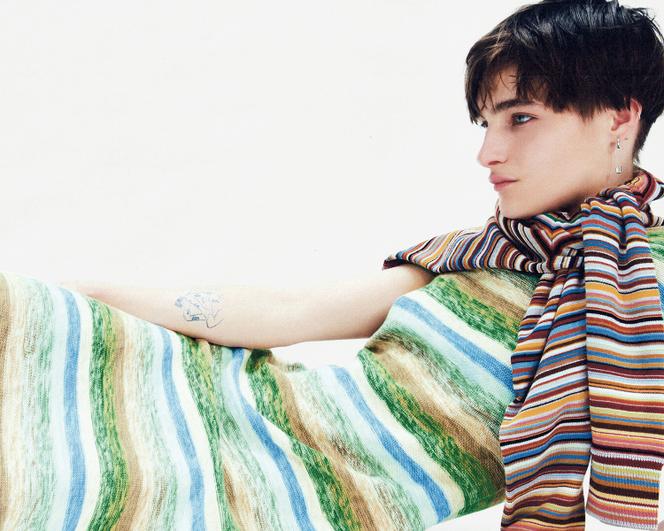
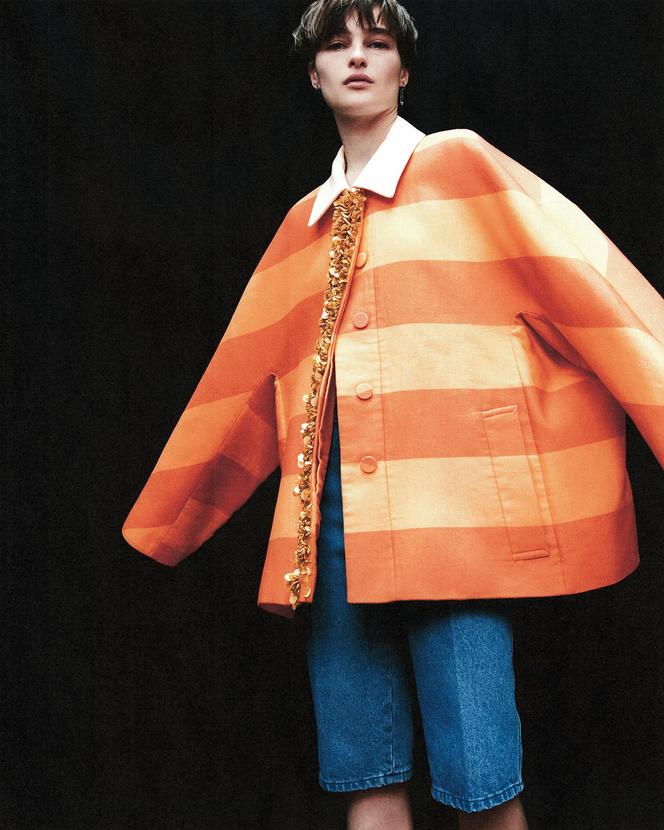
Translation of an original article published in French on lemonde.fr; the publisher may only be liable for the French version.
